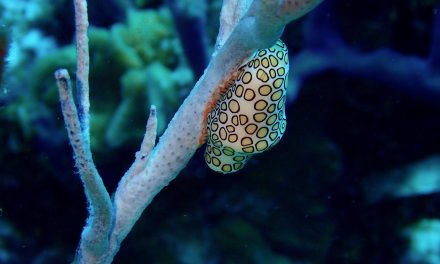Underwater photography is customarily done while scuba diving. Specialized equipment is required for taking clear, stunning photographs. The main problem faced by photographers is the loss of color and contrast as they dive deeper into the water. This is because the water absorbs the sun’s wavelengths color by color, and eventually, if you go deep enough, everything will appear blue, green or even gray.
In order to curb this problem in your photography, you can get the camera as close to the photographic subject as possible and try to minimize the loss of color. A fill flash can be effective in providing the missing colors, giving you a vibrant image. This feature can be provided by continuous beam photography dive lights.
Features of Continuous Beam Photography Dive Lights
Digital cameras focus by detecting contrast and locking in on those details. However, the water’s quality of absorbing light makes it impossible for even the best camera to focus. Having a continuous beam dive light, which typically mounts to the camera, allows the camera to see contrast and focus quickly. This type of light also doubles as a primary light.
Usually, the continuous beam photography dive light has a bright, wide beam. This helps you sufficiently light photo subjects. It should also have adjustable power settings in order to control the exposure and balance of the image. Depending on your diving and photography needs, you can decide which features suit you.
Advantages of Continuous Beam Photography Dive Lights
- It enables you get fast-action shots.
- Continuous beam photography dive lights allow you to see exposure and color on camera before shooting.
- Compared to strobes, continuous beam dive lights are cheaper, easier to maintain and more compact.
- Using the continuous beam photography dive light helps remove shadows around ledges and crevices, making it possible for you to take clear, crisp shots.




